When it comes to science activities for preschoolers, hands-on science is really the way to go. I do a ton of interactive science projects with my preschoolers, as well as my son (who’s in second grade right now). There are so many reasons to include it in early childhood classrooms and at home. I’ll share some reasons why, as well as some examples you can try out!
Are you following Fun-A-Day’s Science Pinterest board?
why is hands-on science important for kids?
Kiddos learn best when they’re involved in the learning. This means getting to ask questions and have discussions, and it can also mean letting their interests guide planning.
Children need their senses engaged. Hands-on science activities let children do just that, giving the kids a chance to engage multiple senses.
Kids learn by doing. Hands-on science encourages the children to DO something – observe, ask questions, touch, smell, experiment.
Allowing children to really get into science gives them the chance to make discoveries on their own. They’ll be more likely to remember a learning experience if it’s just that . . . a real experience.
Critical thinking skills are enhanced during such science activities. Kids can ask the why, how, and what questions. Even better, they can help answer the questions themselves. They can learn the scientific process along the way!
Related: Reptile Books for Preschoolers
involve children in planning science activities
Right now, my students are learning about reptiles. At the beginning of the school year, I hadn’t given any thought to teaching a unit about reptiles. However, based on my students’ interest, and the many questions they’ve asked, I decided to delve into the subject a bit more. Even though I, as the teacher, am planning and creating the activities, I’ve let the children help decide what we learn. That gives them the chance to really be involved in the learning.
Related: Unique Ideas for Growing Crystals
examples of hands-on science
Since we’ve been learning about reptiles, I’ll stick with that theme. Here are some ways I’ve already incorporated hands-on science this month:
- One of my students has two leopard geckos and a ball python as family pets. His dad was awesome and brought these animals into the classroom one day. Having the real things grabbed their attention like nothing else! They were able to observe first-hand what the reptiles looked like, how they moved, etc. They listened to their friend’s dad as he explained tidbits about the pets. Even better, they were able to come up and gently touch the python (if they wanted to). This visit made a big impression, and we’ve already referred back to when learning even more about reptiles!
- A past student donated some snakeskin his pet had shed. I brought that out one day, and the kiddos were enthralled. They were able to see and touch the snakeskin, making all kinds of observations about it. Yes, telling them about snakes shedding their skins gave them some background knowledge. But actually seeing the skin and touching it cemented that learning in their minds. I loved hearing their discussions as they observed the snakeskin!
Related: Jello and Vinegar Experiment
Those are two very simple examples of hands-on science in my preschool classroom. Here are a few more (without the reptiles) 🙂 –
- Preschool magnet science with jingle bells
- Frozen fairy tale science
- The smelly pumpkin experiment
- Hatching chicks with children
How do you incorporate hands-on science learning at home or in the classroom?
Hands-On Science Materials
Everyone learns differently. But young children seem to be more interested in learning when they are able to connect with the subject. And that’s where hands-on science comes in! I find that letting children experience hands on science gets them excited to explore various science topics. With that in mind, you might want to keep your classroom stocked with some great science materials.
Check out this list and decide which items will work well in your classroom (I may get commissions for purchases made through links in this post):
- Science magnet kit
- Magnifying glass set
- Kid-friendly tongs
- Jumbo eye droppers
- Sensory tubes
- Safety goggles
- Pipettes
- Science mix and measure set
- Sensory bottles
- Sensory bins
- Butterfly net set
The children are going to absolutely love learning about these science tools. And I know they’ll love getting to use them even more!
What are your go-to hands on science materials in the classroom? Let us know in the comments below!
Done-for-You Preschool Resources
Planning meaningful lessons for students week after week, all while balancing other teaching responsibilities and a personal life, can be a daunting task. That’s where Preschool Teacher 101 comes in to save you time!
Preschool Teacher 101 is excited to share with you some amazing lesson plans, activity packs, and much more! We offer a wide variety of themes that are frequently used in preschool classrooms, as well as some less common (but super interesting) themes. Click on the images below to learn more about some of my favorite products with a heavy emphasis on science!
Join The Pack from Preschool Teacher 101 today for exclusive access to our amazing products. And we even have three different membership options to suit your needs!
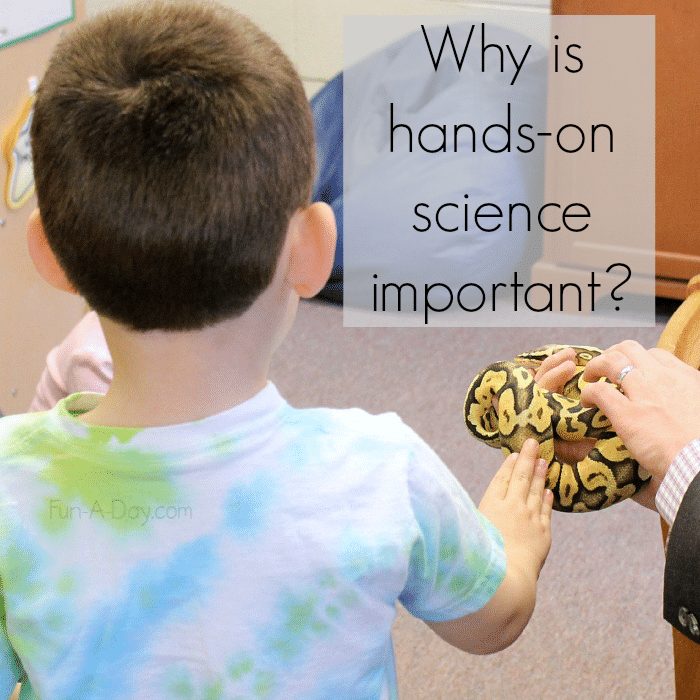

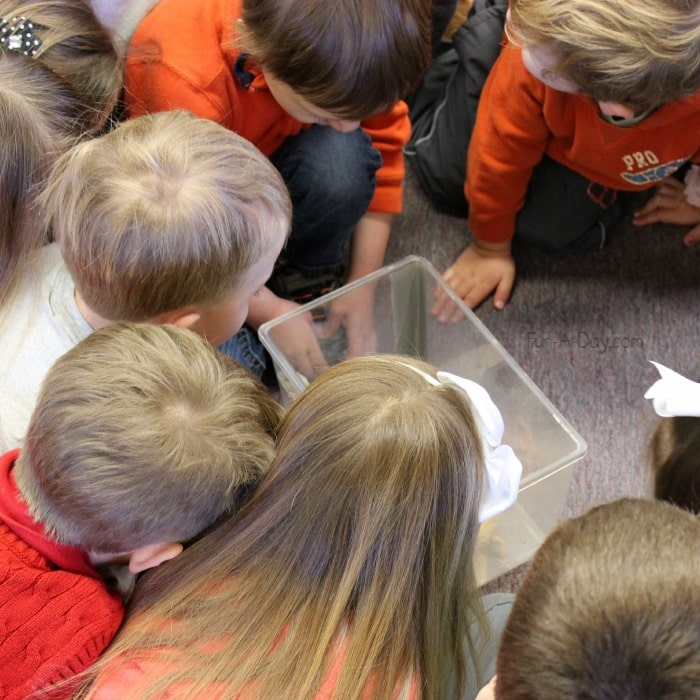
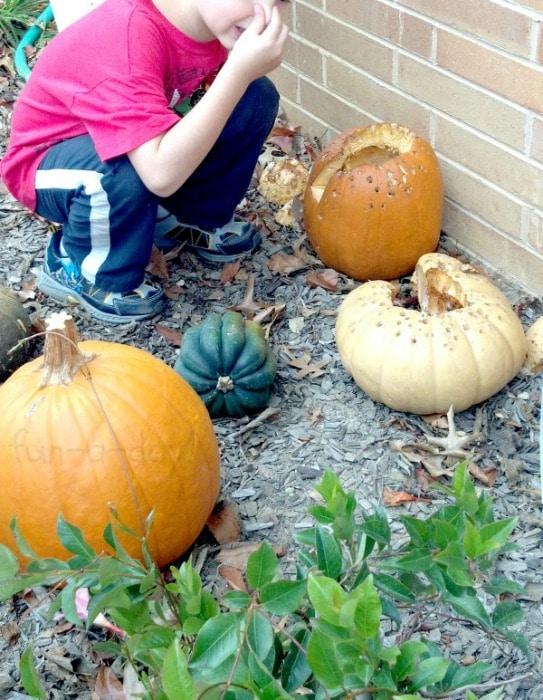
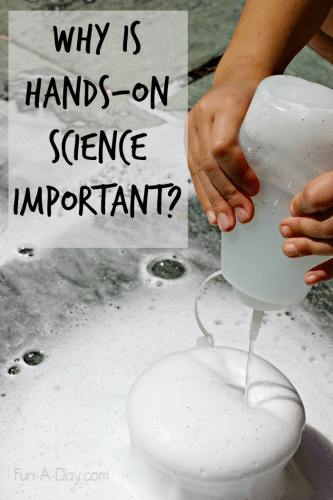

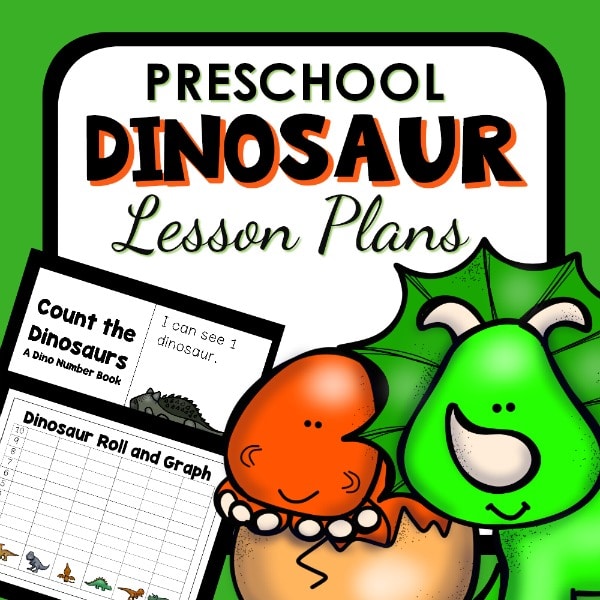
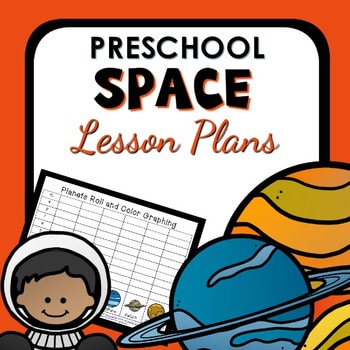
Hi! Could you please let me know what year this was posted, so I can cite it for my class?
Thank you!
Hi there! It was originally written on February 19, 2015. I hope that helps! Let me know if you have any other questions.